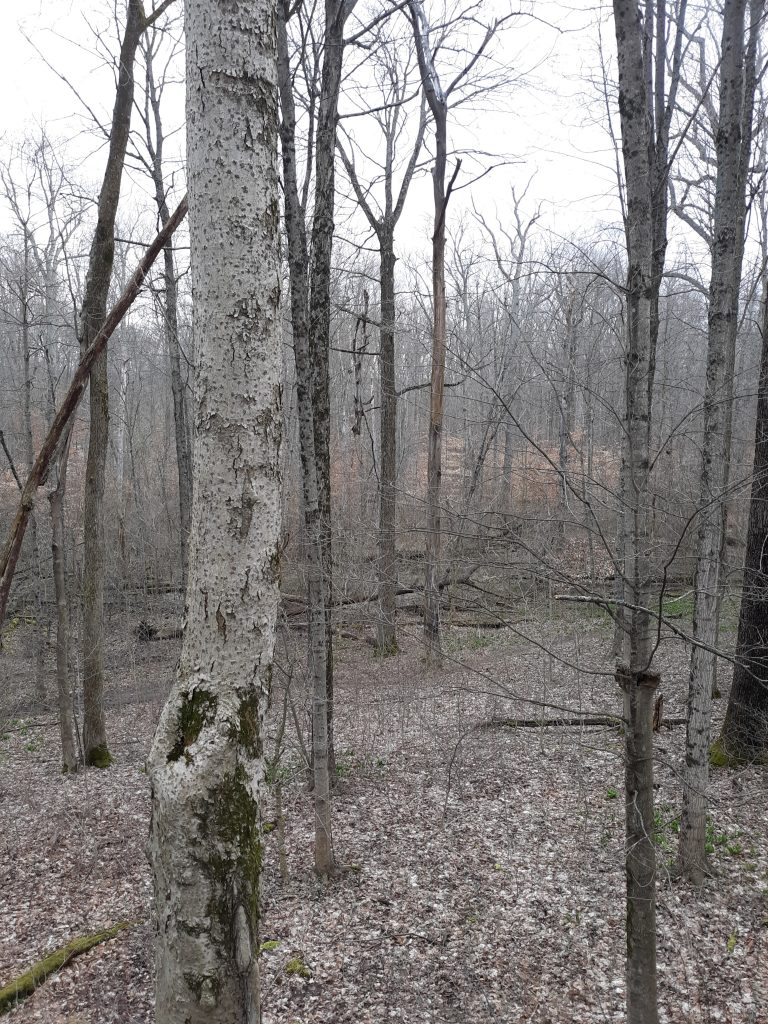The coronavirus pandemic and accompanying shutdown of schools, colleges and universities required a rapid transition of face-to-face courses to online offerings. History faculty adapted quickly and well, changing syllabi, assignments, and course activities. Here are some images of how History faculty and students adapted to unprecedented circumstances.
Quarantine affords new perspectives on environmental history assignment.


Many classes, both undergraduate and graduate, transitioned quickly into only offerings using various technologies to connect students and instructors.


The swift transition to online instruction required some revisions in course pedagogy and assessments. This is the first page of the revised syllabus for Dr. Martin’s HIST 4260, Civil War and Reconstruction.

If any students or faculty have stories or anecdotes about studying history during the quarantine, please send them to me, Scott Martin, smartin@bgsu.edu. We’ll include them in a future blog!
